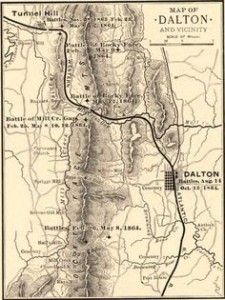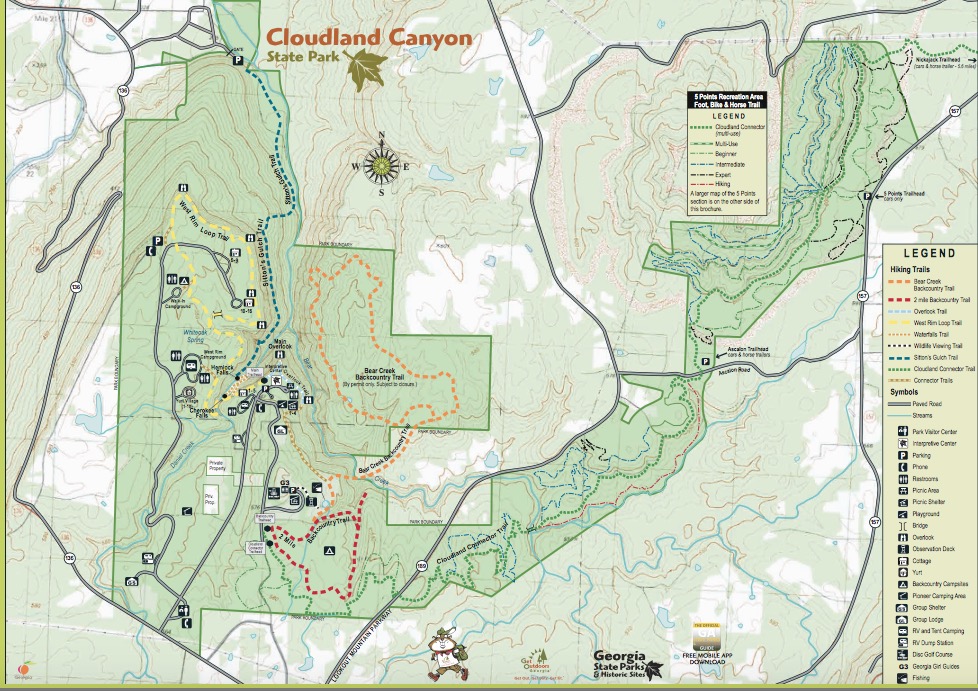 Industry causes one of the most identifiable, and long-term, footprints within a landscape, and Cloudland Canyon State Park, Georgia, is no exception. Since Dade County’s establishment in the early 1800s, settlers have extracted its resources. According to the Dade County Industrial Development Authority, Dade County’s city of Trenton was first established in a search for coal and iron. Although these resources did not determine Trenton’s wealth, its extraction processes still define the region’s geography. Colloquially, a section of the county on the north end of Sand Mountain is still called Coal City because of the mining that was one done in that area. The area is approximately 11.1 miles from Cloudland Canyon State Park. According to the Industrial Development Authority, Dade County now hosts a population of 16,000.
Industry causes one of the most identifiable, and long-term, footprints within a landscape, and Cloudland Canyon State Park, Georgia, is no exception. Since Dade County’s establishment in the early 1800s, settlers have extracted its resources. According to the Dade County Industrial Development Authority, Dade County’s city of Trenton was first established in a search for coal and iron. Although these resources did not determine Trenton’s wealth, its extraction processes still define the region’s geography. Colloquially, a section of the county on the north end of Sand Mountain is still called Coal City because of the mining that was one done in that area. The area is approximately 11.1 miles from Cloudland Canyon State Park. According to the Industrial Development Authority, Dade County now hosts a population of 16,000.
Although mining has ceased, the industry leaves residual impact. Coal and iron ore extraction cause adverse impacts to air quality; it causes an increased risk of solid waste spills; it leads to the increased potential for unknown contaminated soils and sites; and leads to potential water toxicity.
The park’s establishment caused the most direct anthropogenic change to the region. The park land was purchased in stages in 1938 as part of Franklin D. Roosevelt’s Civilian Conservation Corps program during the Great Depression. Since, the park hosts 72 campsites, 10 yurts, 16 cottages, 1 group lodge, 5 picnic shelters, 1 group shelter, 4 pioneer camps, and 13 backcountry campsites within its 3,488 acres.

Authored By Savannah Miller